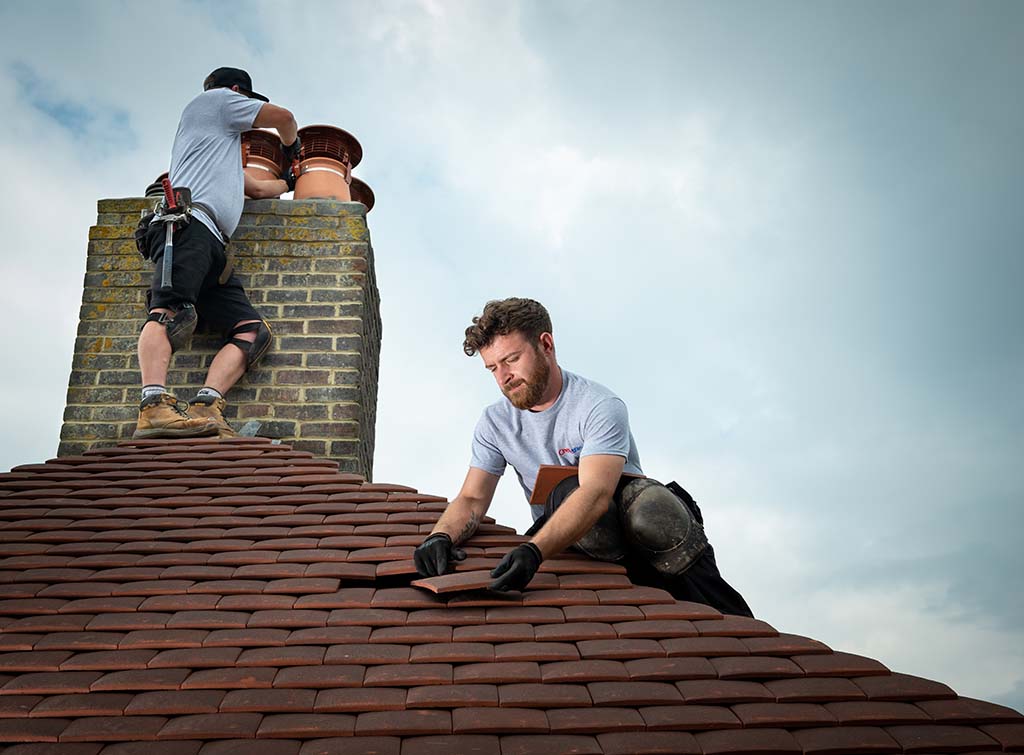Understanding Roof Replacement in the UK: What Owners Have to Know
Understanding Roof Replacement in the UK: What Owners Have to Know
Blog Article
Roof replacement is an expensive undertaking that can be a big job for homeowners in the UK. It is one of the more important tasks in home maintenance, since the roof acts as a barrier to the outside elements. With the UK's unpredictable weather - including heavy rainfall, strong winds, and occasional snow - roofs are exposed to constant stress, making regular upkeep essential. Over time, roofs naturally deteriorate, and repairs may no longer be enough to maintain structural integrity. When leaks become frequent, tiles start to fall, or insulation becomes ineffective, it's usually a sign that a full replacement is needed. Ignoring these warning signs can lead to costly damage inside the home, including mould, rot, and electrical issues. A new roof not only enhances the appearance of a property but also increases its value and energy efficiency.
The lifespan of roofs in the UK is heavily dependent on how they are maintained and the materials used. The traditional choice for British houses is slate and clay tiles. These can last up to 100 years when installed and cared for properly. Concrete tiles offer a more affordable option and are still durable for 40-60 years. This makes them an attractive choice for homes of today. Felt roofs, often used on extensions and garages, usually have a shorter life expectancy of 20 to 30 years. While some homeowners may opt for patch repairs to extend the life of their roof, this approach can quickly become more expensive than a full replacement. A professional roof inspection can determine if a replacement is needed and which options best suit the structure and location your home. During the assessment, factors such as roof pitch and condition of underlayment should be taken into consideration.
Leaks are one of the clearest signs that your roof is in need of replacement. Water stains or drips on the ceiling and walls are often signs that your roof needs to be replaced. Unresolved leaks may cause serious structural problems, such as damage to your interior, wooden beams, or insulation. If the leak persists, or the damage has spread, you may need to completely replace your roof. Another sign of roof deterioration is the appearance of missing or broken tiles or slates. Over time, these can become loose or damaged due to weather exposure, and replacing them can help prevent leaks and further damage.
Costs for a Typical roof replacement prices in the UK vary depending on a number of factors, including the type of roof chosen, materials used, and complexity. On average, homeowners can expect to pay between 5,000 and 12,000 for a standard three-bedroom house, although costs can be higher for larger or more complex properties. Labour accounts for a significant portion of this expense, so it's important to choose a reliable and experienced contractor. Ask for written estimates, read reviews and ensure the contractor is certified and insured by an accredited trade association. In some cases, local councils or government schemes may offer financial assistance or incentives for roof replacements that improve energy efficiency. A new roof will add value and peace of mind to your house for many years. To find additional details kindly visit Roofadvisor
Timing the project correctly can make a significant difference in the ease and success of a roof replacement. In the UK, the best time to undertake such work is during the late spring, summer, or early autumn months when the weather is generally more stable. The wind and rain can create delays, particularly if the construction exposes large sections of roof. Emergency roof replacements can be needed at any time, especially if the roof is damaged by a storm. Booking a contractor ahead of time can reduce the wait during busy seasons. The homeowner should make other logistical arrangements, including informing their neighbours of the upcoming construction, setting aside parking spaces for vehicles and planning for possible noise. A realistic schedule and clear communication will help you manage the process with minimum inconvenience.
When replacing a UK roof, it is important to ensure that all work adheres to local building codes. Depending on the type of property and the extent of the work, you may need to apply for planning permission or building regulations approval before starting the replacement process. Some areas, such as conservation zones or listed buildings, have stricter regulations regarding materials and methods for replacing roofs. Working with a roofing contractor who understands these rules and regulations is crucial. They can make sure that all requirements are met. Failing to do so can result in fines or the need to undo the work and replace the roof with approved materials.